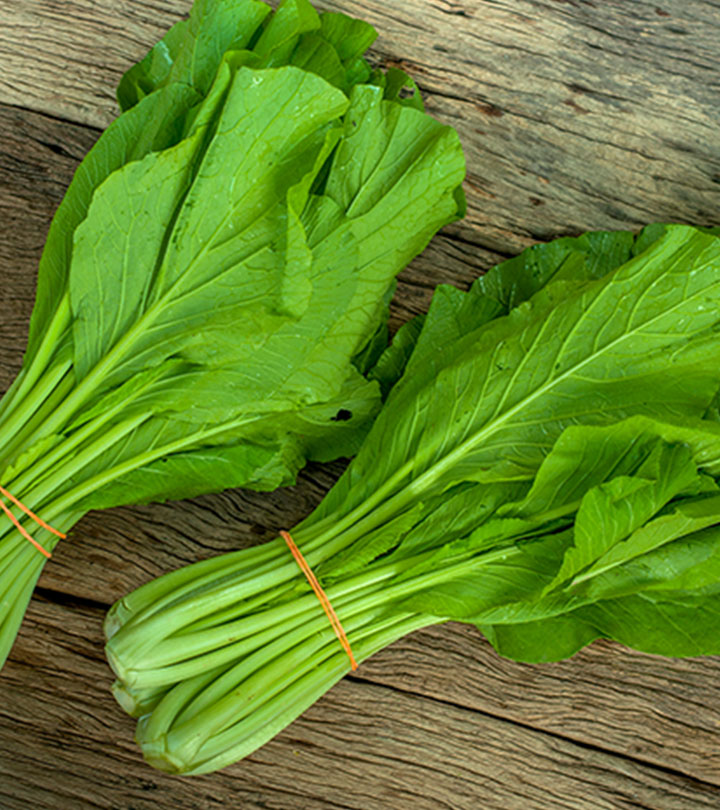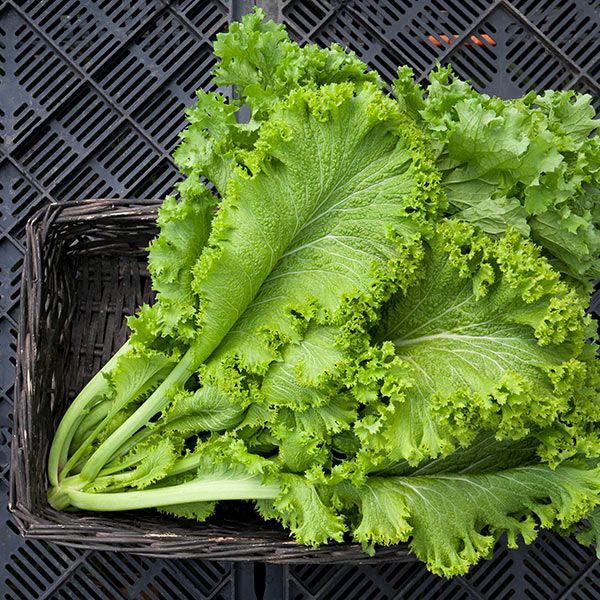Mustard greens
also known as sarson ka saag in Urdu, are leafy vegetables that belong to the Brassica family. They are closely related to kale, cabbage, and broccoli. Here’s the information you requested:
Mustard greens meaning in Urdu:
Mustard greens are known as “sarson ka saag” in Urdu.
Mustard greens examples:
Mustard greens can be used in various dishes such as salads, stir-fries, soups, and sautés. They are often used in Asian and Indian cuisines.
Mustard greens benefits:
Mustard greens are highly nutritious and offer several health benefits. They are rich in vitamins A, C, and K, as well as folate, calcium, iron, and fiber. These nutrients contribute to healthy digestion, bone health, immune system function, and overall well-being.
5 uses of mustard plant:
The mustard plant has various uses, including:
- Culinary: Mustard greens are commonly used in cooking, as mentioned earlier.
- Condiments: Mustard seeds are used to make mustard condiments, such as mustard sauce or mustard paste.
- Oil production: Mustard seeds are crushed to extract mustard oil, which is used for cooking and various other purposes.
- Medicinal purposes: Mustard seeds and mustard oil have been used in traditional medicine for their potential health benefits.
- Cover crop: Mustard plants are sometimes grown as cover crops to improve soil fertility and suppress weeds.

Medicinal uses of mustard:
Mustard seeds and mustard oil have been used in traditional medicine for various purposes, such as relieving respiratory congestion, promoting digestion, and reducing inflammation. However, it’s important to note that you should consult a healthcare professional before using mustard for medicinal purposes.
Mustard leaves side effects:
Mustard greens are generally safe to consume for most people. However, some individuals may be allergic to mustard or experience digestive issues when consumed in large amounts. If you have any concerns or specific health conditions, it’s best to consult a healthcare professional.
Mustard greens are low in calories and high in fiber, which can aid in weight loss by promoting satiety and reducing overall calorie intake. They also provide essential nutrients without adding excess calories.
Mustard greens side effects:
Mustard greens are generally safe to consume, but excessive intake may cause digestive discomfort for some individuals. Additionally, people with certain health conditions, such as kidney stones or thyroid disorders, may need to moderate their intake due to the goitrogenic compounds present in mustard greens.
Mustard greens uses:
Mustard greens can be used in various ways, including:
- Raw in salads: Young mustard greens can be enjoyed raw in salads for a peppery and tangy flavor.
- Stir-fries: Sauté or stir-fry mustard greens with other vegetables, garlic, and spices for a nutritious side dish.
- Soups and stews: Add mustard greens to soups and stews to enhance their flavor and nutrient content.
- Steamed or boiled: Steam or boil mustard greens until tender and use them as a side dish or add them to main dishes.
- Smoothies: Blend mustard greens into green smoothies along with fruits and other greens for a nutrient-packed beverage.
Mustard greens are my favorite vegetable:
That’s great! Mustard greens are a flavorful and nutritious choice.
Mustard greens recipe:
Here’s a simple recipe for sautéed mustard greens: Ingredients:
1 bunch of mustard greens
2 cloves of garlic, minced
1 tablespoon olive oil
Salt and pepper to taste
Instructions:
- Wash the mustard greens thoroughly and remove any tough stems.
- Chop the greens into bite-sized pieces.
- Heat olive oil in a pan over medium heat.
- Add minced garlic and sauté for about 1 minute until fragrant.
- Add the mustard greens to the pan and sauté for 3-5 minutes until wilted and tender.
- Season with salt and pepper to taste.
- Serve as a side dish or use in your favorite recipes.
Mustard greens season:
Mustard greens are typically available during the cooler months of the year, such as late fall, winter, and early spring. However, depending on the region and cultivation methods, they may be available year-round.
Mustard greens vitamins and minerals:
Mustard greens are rich in various vitamins and minerals. They are particularly high in vitamin K, vitamin C, vitamin A, folate, calcium, and iron.
Mustard greens diseases:
Mustard greens can be susceptible to certain diseases and pests, including fungal diseases, bacterial leaf spot, aphids, and flea beetles. Proper cultivation practices, such as crop rotation and pest management, can help prevent and manage these issues.
Can you eat mustard greens raw?
Yes, mustard greens can be eaten raw, especially when young and tender. They have a peppery and slightly bitter flavor that adds a unique taste to salads and other raw preparations.
Mustard leaves nutritional value per 100g:
The nutritional value of mustard leaves per 100 grams may vary, but on average, they provide approximately:
- Calories: 27 kcal
- Protein: 2.9 g
- Fat: 0.6 g
- Carbohydrates: 4.7 g
- Fiber: 3.2 g
- Vitamin A: 3177 IU
- Vitamin C: 70 mg
- Vitamin K: 257.5 mcg
- Calcium: 115 mg
- Iron: 2.7 mg
Mustard greens seed:
Mustard greens can be grown from seeds. The seeds are small, round, and typically brown or black in color. They can be sown directly in the garden or started indoors and transplanted later.
Mustard greens salad:
Mustard greens can be used as a base for salads or added to other leafy greens for a mix of flavors and textures. Combine them with your favorite vegetables, nuts, seeds, and dressings to create a delicious and nutritious salad.
I hope this information helps you better understand mustard greens and their various aspects!

